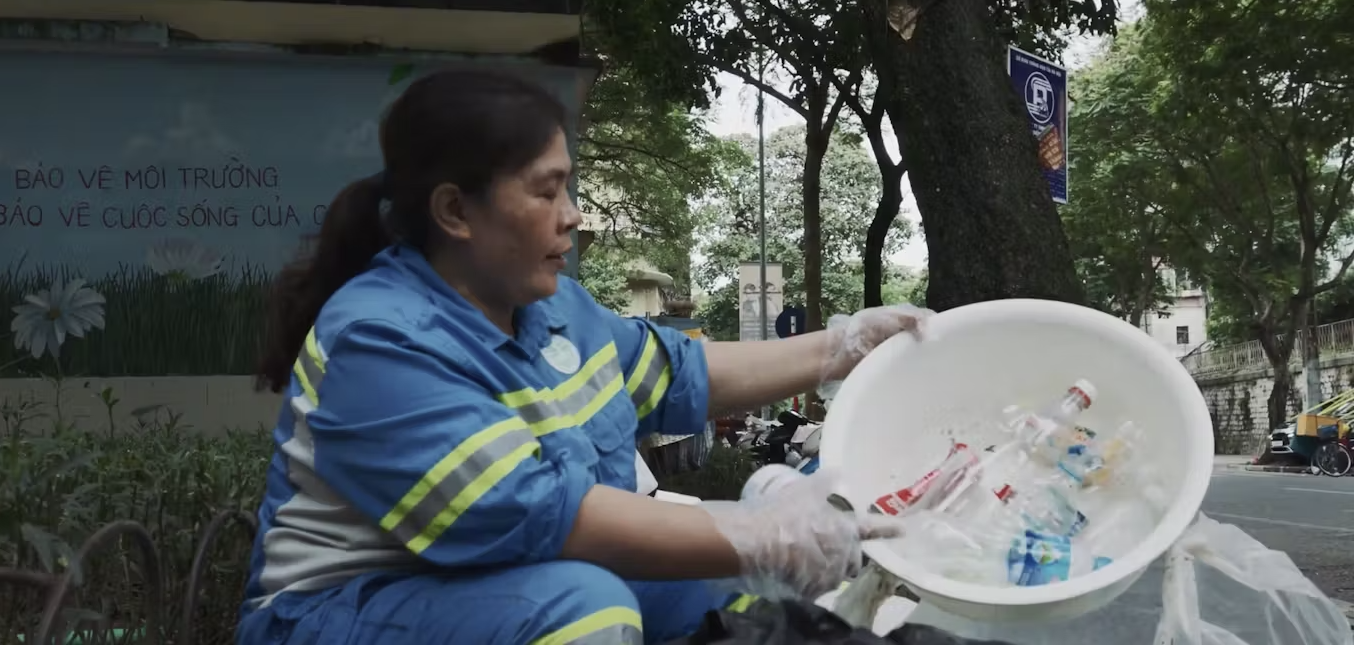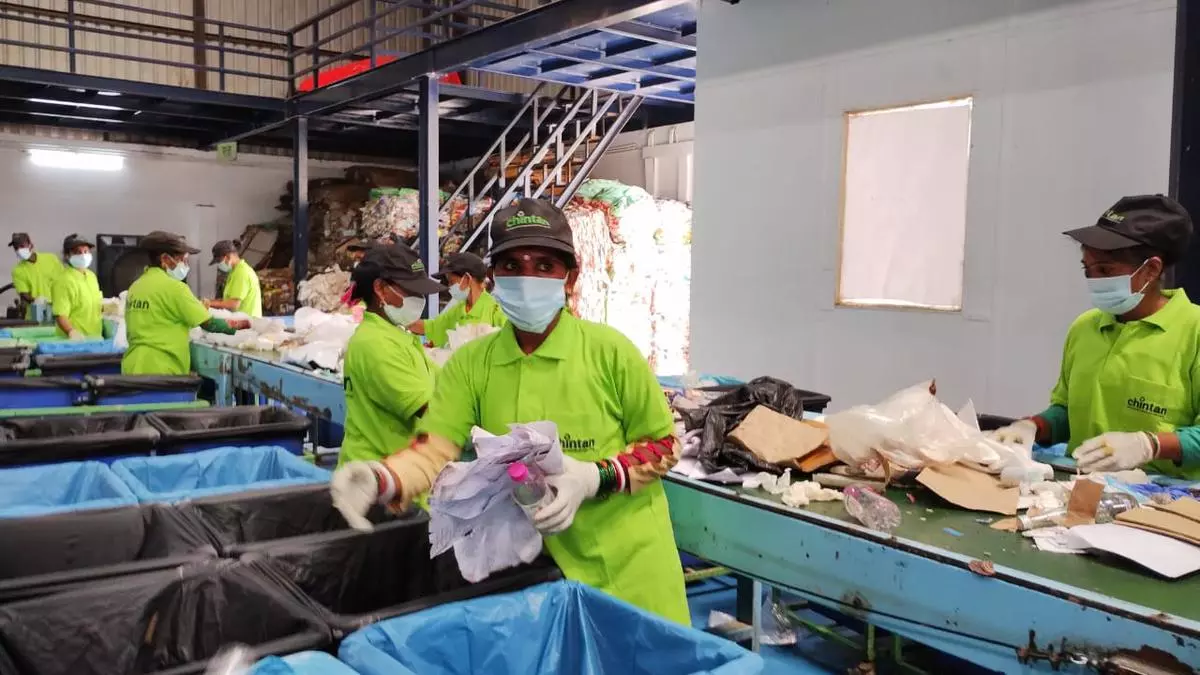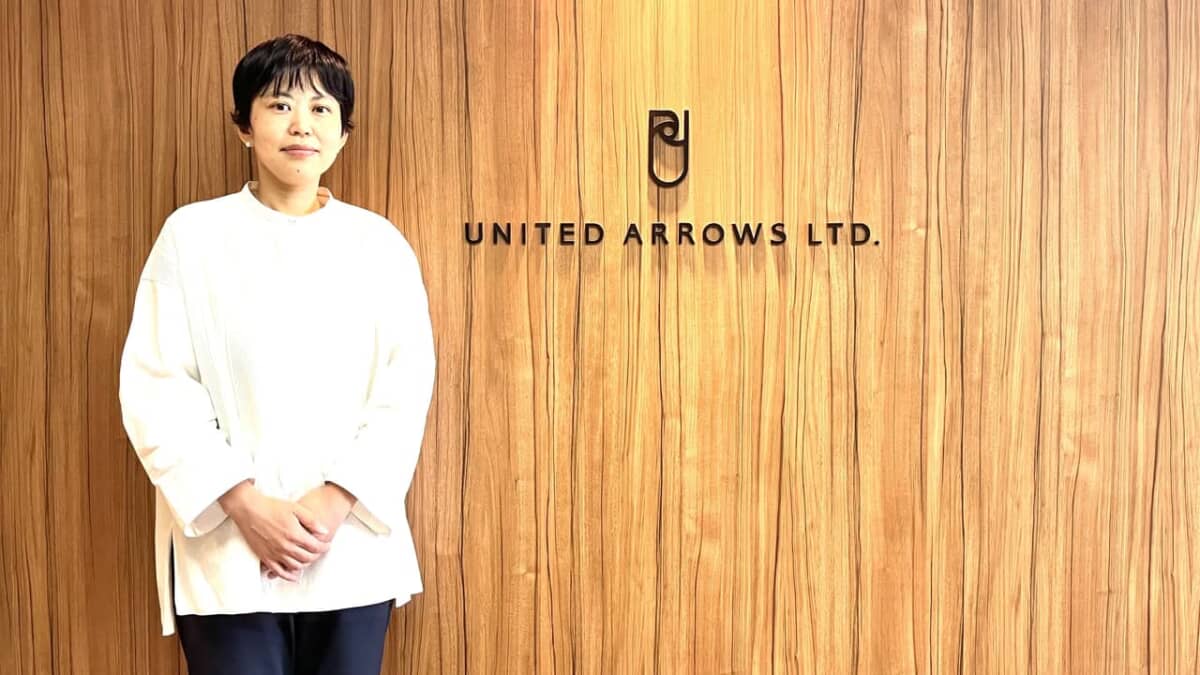
It’s been a long time since the fashion industry started to improve sustainability. Products that are said to have improved sustainability and circulation are sold every day. On the other hand, problems such as oversupply and overproduction still exist. Fashion consultant Kensuke Kojima analyzed that the consumption volume was 1.373 billion points, 48.2% (96.5% in 1990) compared to the supply volume of 2.846 billion points in 2019. About half of them remain unsold. Of course, not everything will be discarded and carried over to the next season, but this problem that has not yet begun is not easy because structural factors such as supply chain globalization and the rise of so-called fast fashion have taken root.
The industry is starting to look forward to making some holes in the market. Japan Sustainable Fashion Alliance (JSFA), an enterprise-linked platform for sustainable fashion with more than 50 fashion supply chains, aims to achieve “zero fashion loss through appropriate production, purchase, and recycling” as one of the two main goals by 2050.
United Arrows Co., Ltd., a full member of the JSFA, announced the disposal rate and its achievement target in 2022. Wacoal Co., Ltd. has announced the disposal rate in some major companies, but it is rare in Japan. What kind of thoughts are in the background? We talked to Nao Tamai, the manager of the sustainability promotion department at the company’s management strategy headquarters about SARROWS.
What is the real intention of announcing the disposal rate?
In 2022, the company began redefining overall sustainability activities, including disclosure of disposal rates, under the name of “SARROWS.” To make it easier to become more familiar, UNITED ARROWS’ initials “S” for sustainability. SARROW is composed of “circularity”, “Carbon Neutrality”, and “Humanity” as the construction of 3 main pillars. Specific numerical targets were also set for each pillar. Disposal rate targets are positioned as targets within Circularity.
Tamai says that although the “volume” has not been disclosed, clearly indicating the “rate” of disposal may be unusual for the industry because it first admits that they are disposing of their products. The Japan Research Institute, which was responsible for research on fashion and environment by the Ministry of Environment in the second year of the Showa era, estimates that 13.61 percent of the total sales will be discarded. United Arrows aims to achieve a disposal rate of 0.1% (0.0% for textile products) by 2030.
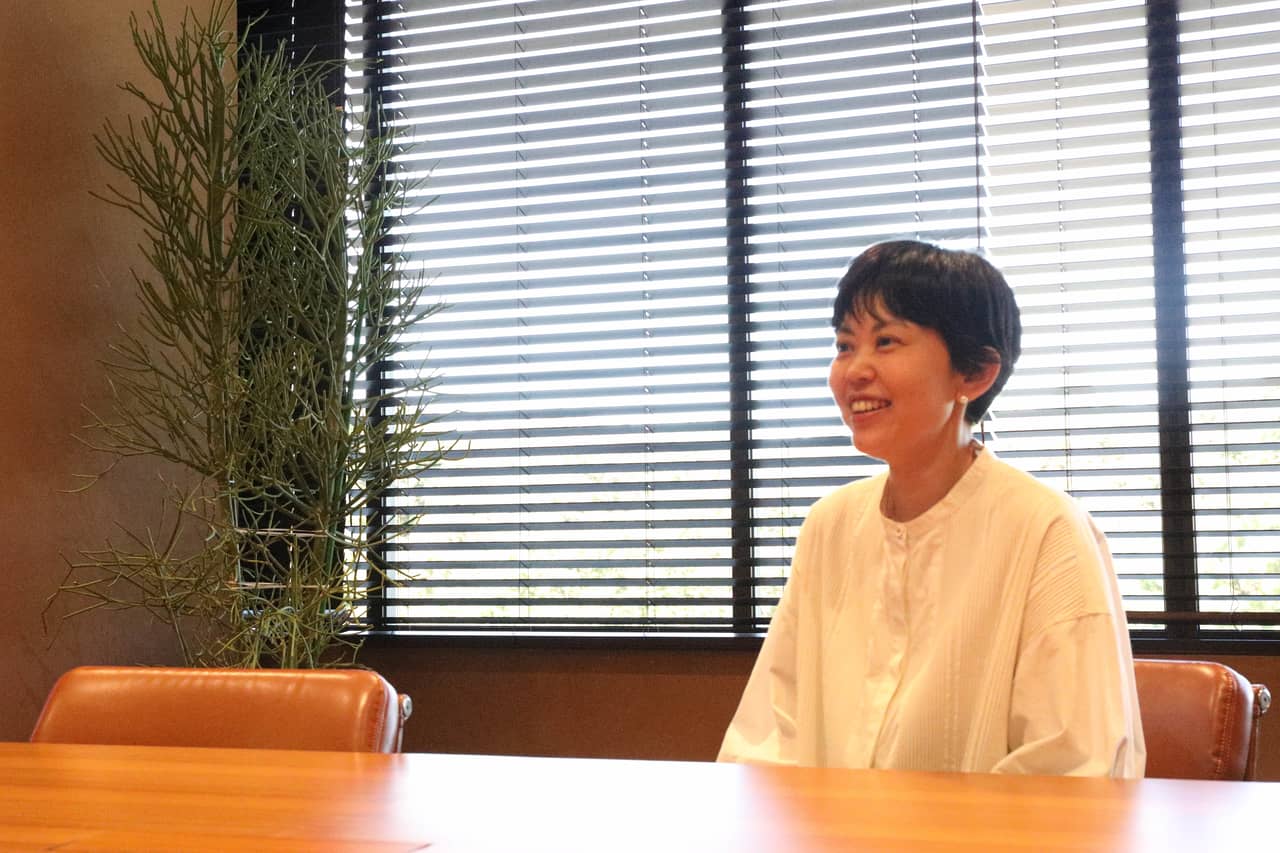
“It’s finally done,” the management agreed
In May 2023, the company provided a long-term vision of “Beautiful Company United Arrows” (target for the fiscal year ending in March 2033), and a medium-term management plan to realize it “Connect deeply and widely with customers” (target for the fiscal year 2024-2026) was announced. The concept of sustainability is presented in the long-term vision. The following is a partial excerpt.
Path to achieving the disposal rate target.
Until now, the company had implemented so-called five appropriate items (timely, appropriate, appropriate price and appropriate amount) within its basic product plan, but it has set new specific numerical targets. There seems to have been a reaction to the disposal rate target within the company.
“I feel that setting metrics has been a driving force in the company. For example, some members in charge of disposal want to do something about the current situation where usable items are still being disposed of. They have a positive view of the company’s formulation of guidelines this time, and I see them working on their work with greater motivation by engaging in more detailed discretion and talking to each other.” “Creating maximum corporate value with limited resources” Therefore, it is also about procuring the right number of products in consideration of the supply chain and selling them without waste, which means improving the propellant consumption rate.
There seems to have been a lot of discussion before reaching this conclusion. “Since the Sustainability Committee was established in April 2020 as a subordinate organization of the management meeting, we have always discussed sustainability for more than an hour once a month. I believe that this is also the reason why sustainability in the long-term vision came to a smooth conclusion. It feels like it’s finally done. You can’t escape when the numbers come out. It is confronted as an objective fact. This is becoming a way forward within the company.”
Importantly, this is both a sustainability strategy and a management strategy. These words were uttered many times during interviews. The company said the current propellant consumption rate (list price sales rate) was different from the target level, leaving room for improvement in the consumption rate.
“I think it will not only have an impact on the natural environment but also have a positive impact on management. The view is that increasing the rate of professional consumption will eventually lead directly to corporate management.”
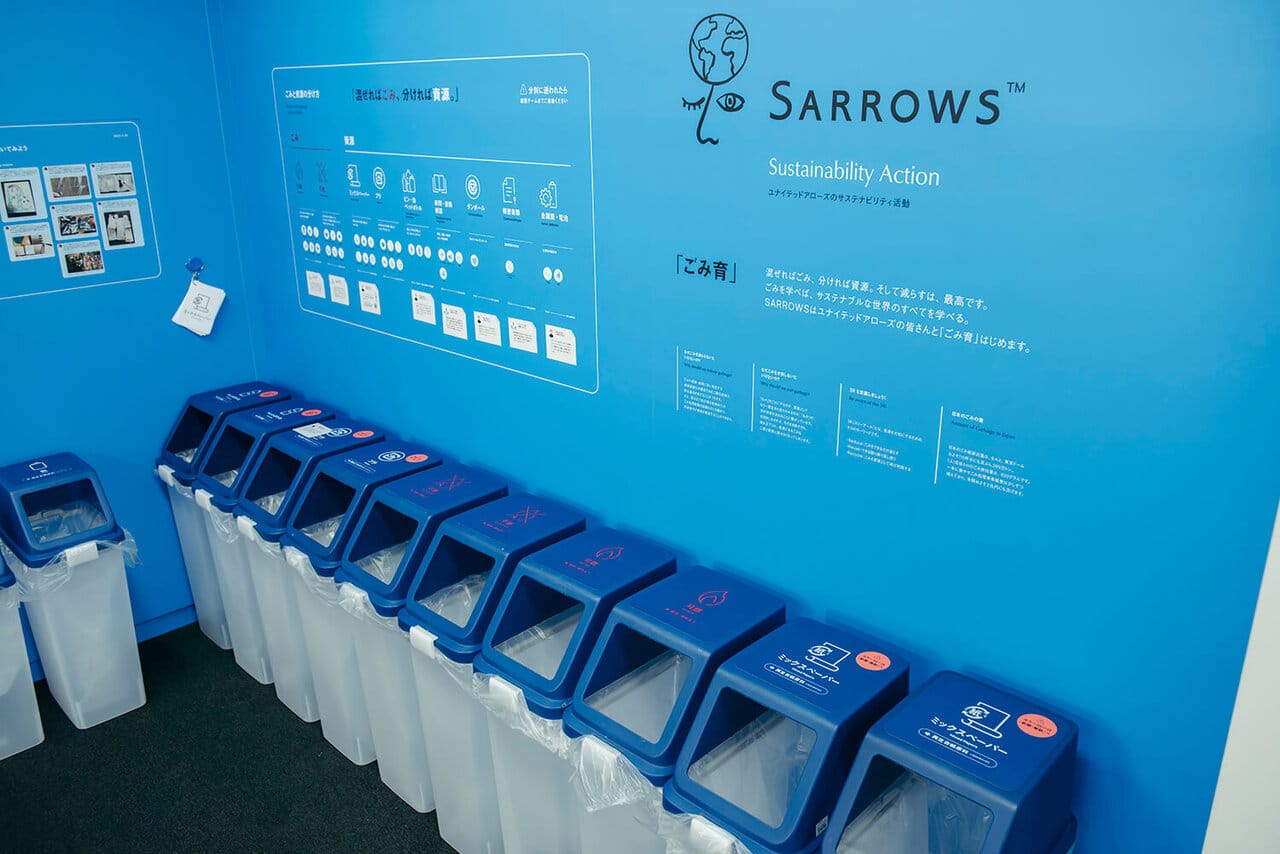
“To achieve this, we need to create a cycle of increasing digestibility at list prices rather than mass production, sale, and disposal of what’s left, but selling the right amount at the right price when you need it. Of course, the disposal rate will decrease and it will contribute to management.” The disposal rate in 2021 was 1.0% and 0.4% in 2022 (0.3% only for textile products excluding shoes and accessories). As a result of planning from procurement to sales, the fixed price sales ratio recorded the highest level in 10 years in 2022.
Until now, the company had implemented so-called five appropriate items (timely, appropriate, appropriate price, and appropriate amount) within its basic product plan, but it has set new specific numerical targets. There seems to have been a reaction to the disposal rate target within the company. “I feel that setting metrics has been a driving force in the company. For example, some members in charge of disposal want to do something about the current situation where usable items are still being disposed of. They have a positive view of the company’s formulation of guidelines this time, and I see them working on their work with greater motivation by engaging in more detailed discretion and talking to each other.”
The target of 0.1 percent disposal rate is for all products such as clothes and accessories. The company has two main types of business. One is as a retail store that buys and sells products from other brands, and the other is as a brand that plans and designs original products, and then commissions affiliated factories to manufacture them to re-stock products.
As a target range of disposal rate calculation, thermal recovery or below is included in the definition of disposal between the time when ownership of goods passes to the company and sales to customers. Among unsold goods, damaged goods for some reason, sample products, and those found to have failed to meet the quality standards, they will be mainly disposed of except for outlets and those sent to the next season. Naturally, 0.1 percent cannot be achieved without thinking from the beginning.
So, what specific activities do you envisage in addition to increasing the above-mentioned procurement and propellant digestion rates to reduce the disposal rate? “We have to work from entrance to exit, such as making prototype samples in 3D and selling products that can still be sold after repairing damaged products at outlets. However, as there are many damaged items at our feet, we need to focus on preventing the occurrence of damaged items as our next hitter.”
“For example, we are investigating the causes of damaged products in our company’s processes, such as ballpoint pens and makeup, and are considering ways to do so. The only way to do this is to build up a dialogue with the store staff. It is to talk about the disposal rate when it gets damaged, or more importantly, the business performance. We believe that achieving the numbers will be possible as a result of steady work.” Incidentally, there seem to be other reasons for focusing on preventing damage. It’s a small change in customers.
“Recently, when customers make a purchase, it seems that they make a purchase on the assumption that they will transfer it to secondary distribution (resell). For example, if you are thinking of selling it in a C-to-C market with a clean box, you will have a more severe view of the damage. Therefore, there is a chance that some people want to buy it as clean as possible during the primary distribution.”
Some buyers are increasing their tolerance for damaged goods due to growing awareness of sustainability, while others are looking at products in primary distribution from the perspective of resale as described above. The goal is the same, but it seems that we have to meet these diverse customer needs.
Deepen customer relationships
This time, we looked at the characteristic disposal rate in the company’s SARROWS initiative, but of course, it is not possible to achieve circularity just by lowering the rate of clothes that are discarded without being used. It goes without saying that we need to deal with the product life cycle of clothes that are purchased and worn, which is the majority of others.
Among SARROWS’ CIRCULARITY targets, there is also a goal to increase the proportion of environmentally friendly products to 50% by 2030 (16.2% in 2022).”This is a unique definition of.” “What are environmentally friendly materials”, such as organic and recycled materials, and presents them to suppliers.”
There are no standards for environmentally friendly materials in the industry. Even if we wait for the standard to be established, it will not progress, so we are presenting it as a manifestation of our intention. I realize that if we visualize it as a sentence, we can discuss it based on this.”
What kind of reaction will the supplier give?
“In fact, we are in the middle of making adjustments because our suppliers sometimes say that it is not realistic or that it is quite difficult. However, I hope that such discussions will serve as an opportunity for the entire industry to change.” He says he feels that discussions on numerical targets and materials are actively taking place on each label. It can also be said that buying power can have a positive effect on the reverse.
In addition, they are also working to strengthen after-sales services such as repairs so that they can be worn for a long time. Disposal after use has been reused and recycled through JEPLAN’s BRING™ since 2008. All of this is directly related to management. “When we understand customer needs, we often don’t have a connection between environmental awareness and real action, but that’s going to happen in the future. If we don’t try and provide products that match those values from now on, we won’t be able to catch up with them.”
In response to the general concern that long-term use of the product may result in reduced sales opportunities, “In my opinion, we have a lot of contact with one customer regarding after-sales service, and we have had a long-term relationship with them so that they can trust the brand more and deepen their relationship. In the long run, I think sales will follow.” Regarding repairs and reuse, I think it will lead to an increase in the lifetime value in the marketing world.”
You can find the original article in Japanese here















